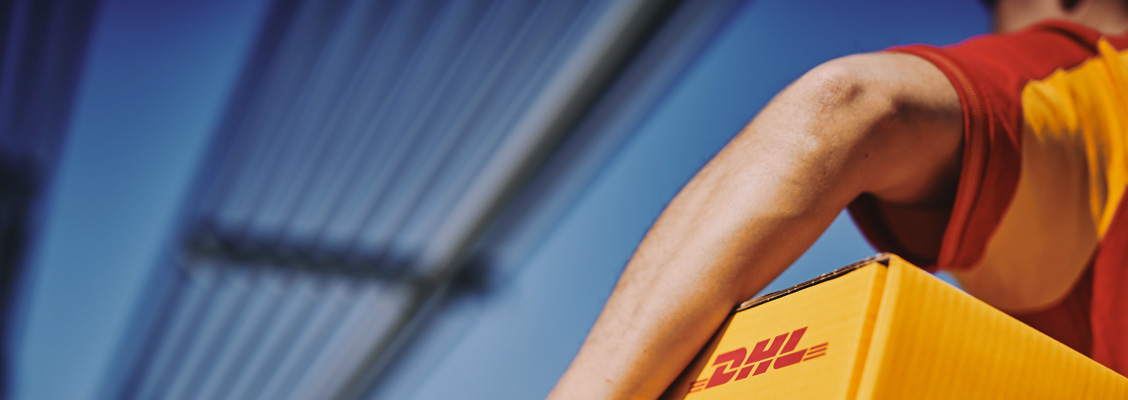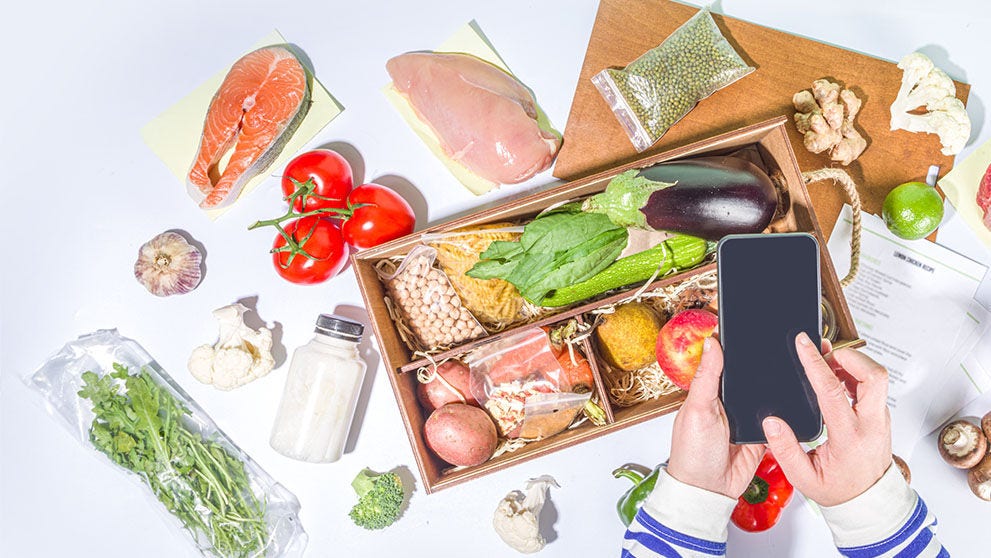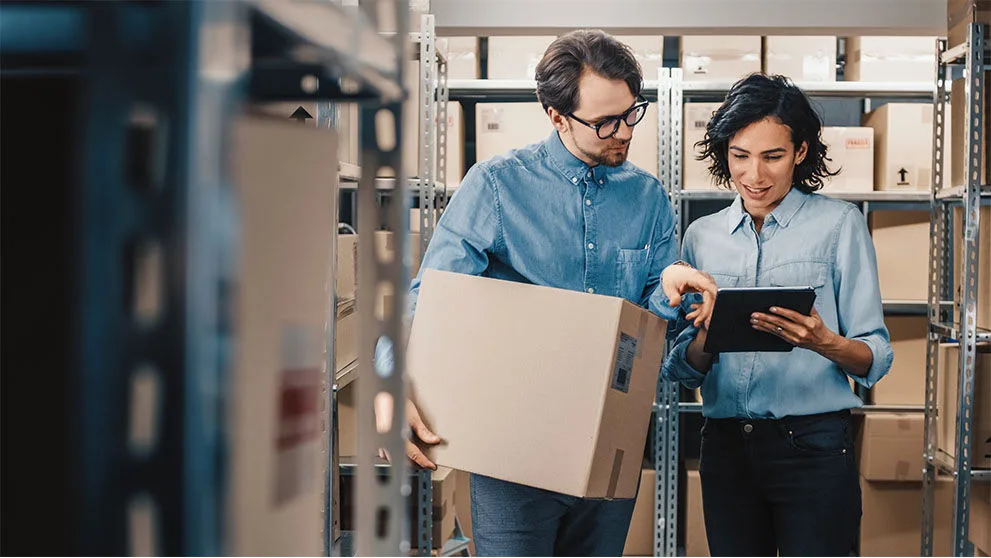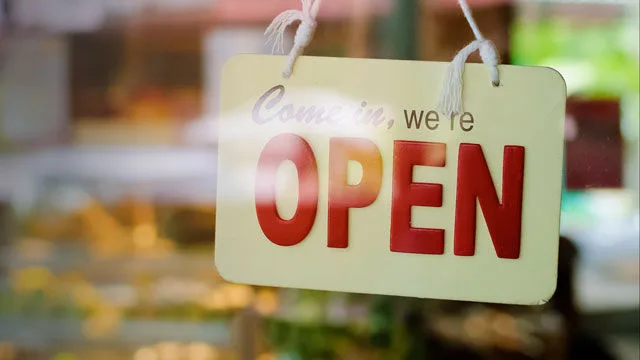Customs clearance in the Philippines: Restricted & prohibited goods
Under the Customs Modernization and Tariff Act, most international imports qualify for Free Importation and Exportation, unless they contain restricted or prohibited goods. E-commerce businesses should seek to ensure that goods they are shipping into the country meet customs clearance requirements, and are neither restricted nor prohibited.
Some examples of restricted goods include:
- Any gold, silver or other precious metals product that does not indicate the actual fineness of quality of the metals or alloys
- Written or printed materials advocating or inciting treason, rebellion, insurrection, or sedition against the government
- Goods that violate the Intellectual Property Code and related laws
Some examples of prohibited goods include:
- Any parts of whole components of ammunitions, explosives, firearms, gunpowders and weapons of war
- Narcotics or synthetic drugs, which are or may be declared habit-forming by the President
- Machines, apparatus, or mechanical devices used for gambling, such as roulette wheels and jackpot machines5
Import clearance procedure types
As an e-commerce seller, you want customs clearance to go as smoothly as possible so your orders can get to where they need to be before a backlog starts building up. Before we go into the documents required for clearance of imported goods, let’s review the various types of import clearance procedures based on your shipment's value.
- Informal Entry: Applies to shipments with a declared value between PHP 10,001-49,999 (US$169.18-845.79) and a total weight of 99kg or lower. Some basic import documentation is needed.
- Formal Entry: Applies to shipments with a declared value of PHP 50,000 (US$845.81) or more and a total weight of 100kg or above.
- De Minimis: Shipments with a declared value not exceeding PHP 10,000 (US$169.28) are exempt from duties and taxes. The value of the shipment must match the corresponding value in the National Value Verification System (NVVS). If any misalignment is found, or if customs suspects undervaluation, your shipment may face delays due to reclassification.
Formal Entry consignees must be an active, registered, and accredited importer with the Bureau of Customs (BOC) and the Bureau of Internal Revenue (BIR). Certain imports, such as aircraft parts, are classified as Formal Entry imports regardless of their value.6
















































